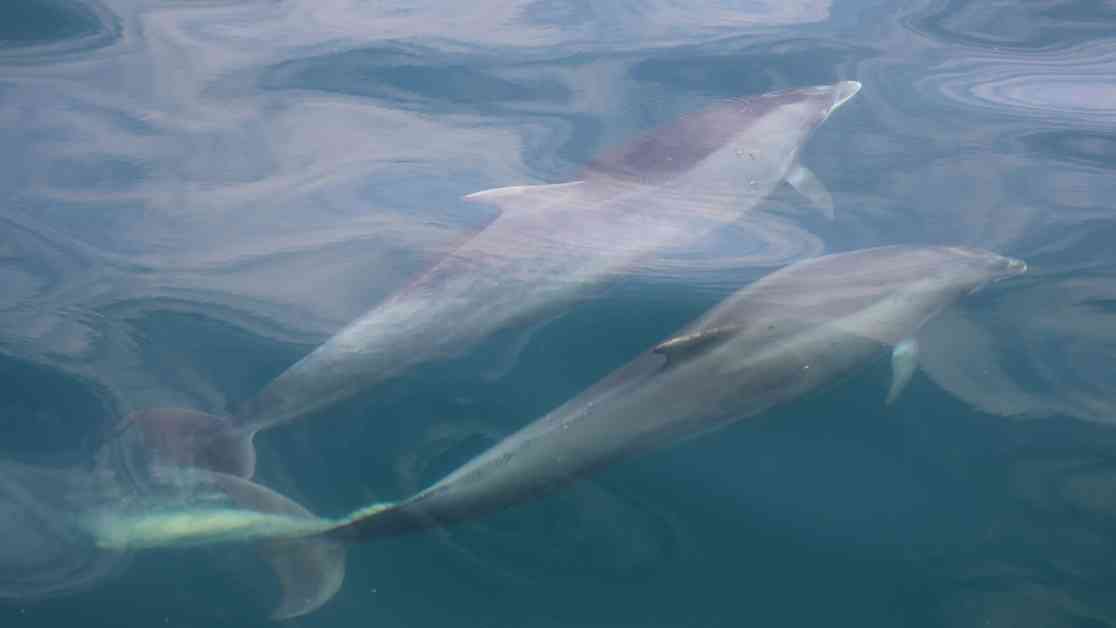The Cardigan Bay Mystery: What Are British Dolphins Really Up To?
So, picture this: a group of scientists going all Sherlock Holmes on the bottlenose dolphins in Cardigan Bay, Wales. No, they’re not looking for stolen jewels or solving a murder case. They’re actually trying to figure out what these dolphins are getting up to beneath the waves. And how are they doing it, you ask? Well, hold onto your hats, folks, because they’re using forensic-style DNA techniques on dolphin poo. Yes, you heard me right – dolphin poo.
Diving into the Depths: Unraveling the Secrets of Dolphin DNA
For years, conservationists have been keeping an eye on the 250 or so bottlenose dolphins in Cardigan Bay. They’ve been playing detective, identifying these dolphins by the unique marks on their dorsal fins and observing their activities. But now, for the first time ever, they’re delving deeper into the lives of these marine mammals by analyzing the DNA found in their excretions. This magical poo analysis helps scientists determine the dolphins’ sex, relationships with other dolphins, and most importantly, their diet. Dr. Sarah Perry from The Wildlife Trust of South and West Wales emphasizes the importance of understanding what these dolphins are munching on: “In order to be able to conserve them, we need to know why they’re here and a big missing part of that is, what they’re feeding on.” Sounds like a solid plan, Doc.
Poo Scooping Adventures: The Thrill of Catching Dolphin Waste
Now, catching dolphin poo may not be everyone’s idea of a good time, but for these scientists, it’s all in a day’s work. Picture this: a dolphin swimming along, minding its own business, then suddenly – plop! – out comes a cloud of waste material. And just like that, the race is on. The scientists need to be quick on their feet (or should I say, boat?) to scoop up that precious poo before it disappears into the depths. Once they’ve got their hands on a sample, it’s off to the lab at the University of Aberystwyth for some good old DNA extraction. Dr. Niall McKeown, a marine biologist at the university, sheds some light on their findings so far: “We are seeing large amounts of sardine, sprat, and anchovy.” Apparently, these fishy delights are becoming more popular among the dolphins, possibly due to – wait for it – climate change. Who knew dolphins were trendy eaters?
The Mystery Deepens: Declining Dolphin Numbers and the Impact of Human Activity
As the plot thickens, so do the questions surrounding the dolphins of Cardigan Bay. It seems like their numbers are on the decline, but scientists are scratching their heads trying to figure out if it’s just a natural cycle or if there’s something more sinister at play. Could factors like boat noise or fishing activities be driving these dolphins away? Dr. Perry raises some valid points: “How lucky are we to have such an important population of dolphins here? It’s crazy that we really don’t know that much about them.” So, are we the villains in this story, unwittingly causing harm to these majestic creatures? Maybe it’s time for us to step up our game and start protecting our watery friends a little better. After all, who doesn’t love a happy ending, right?










